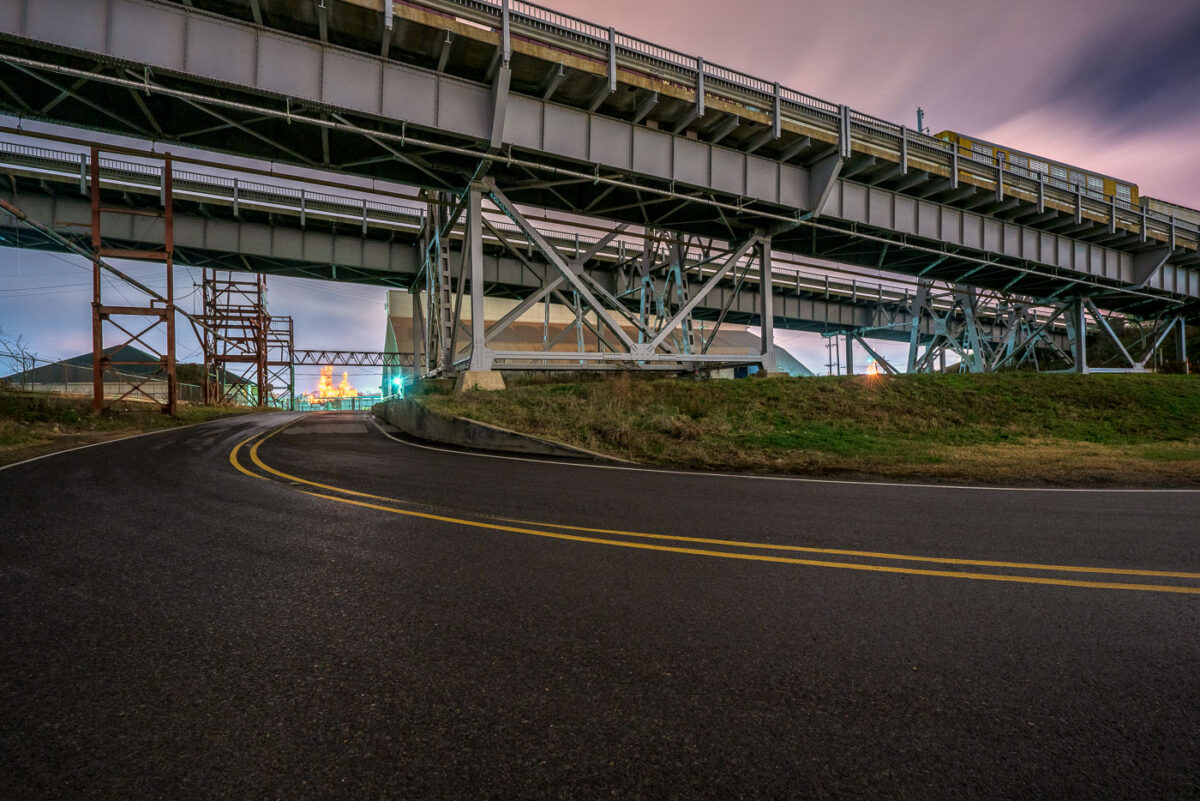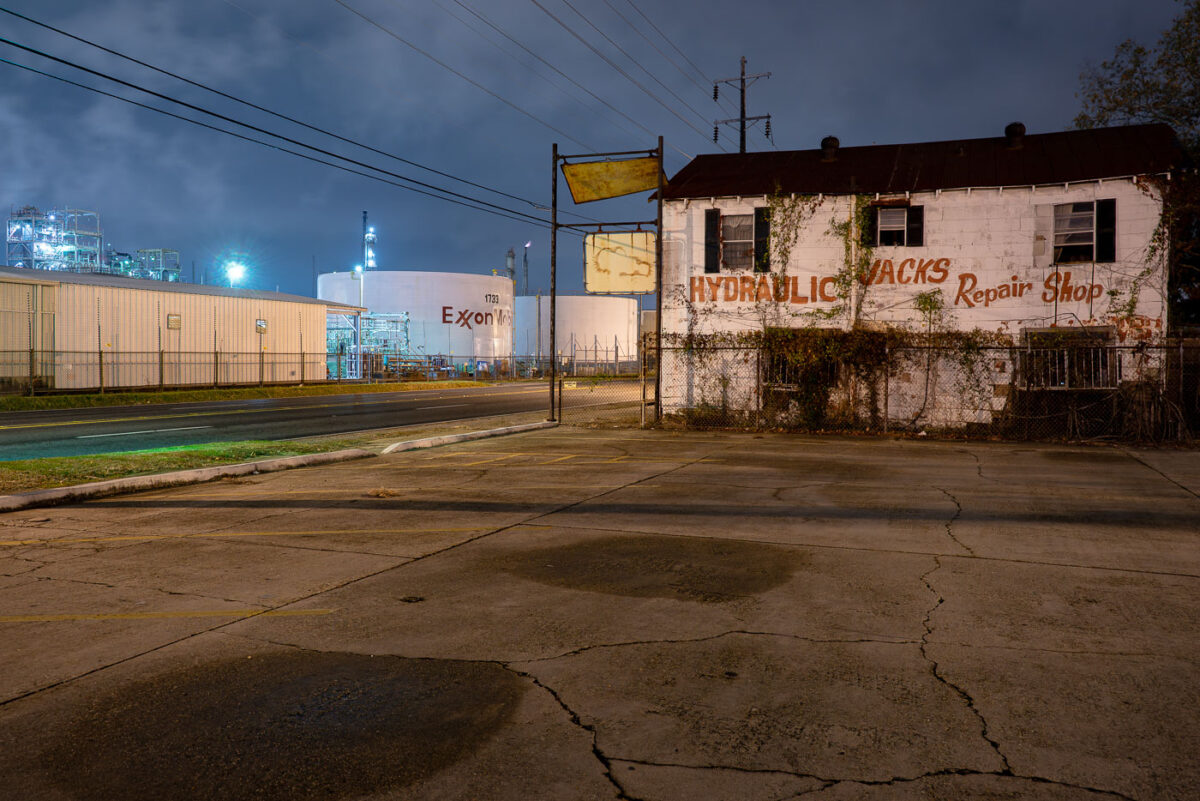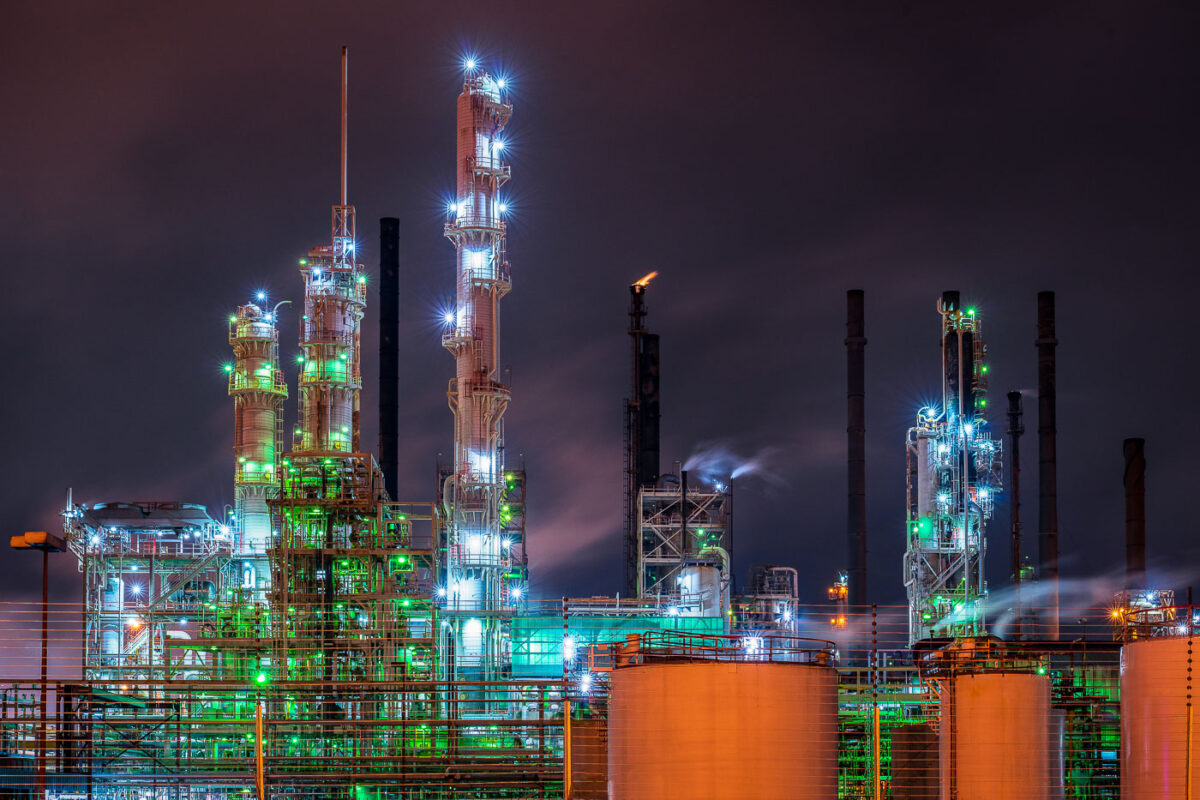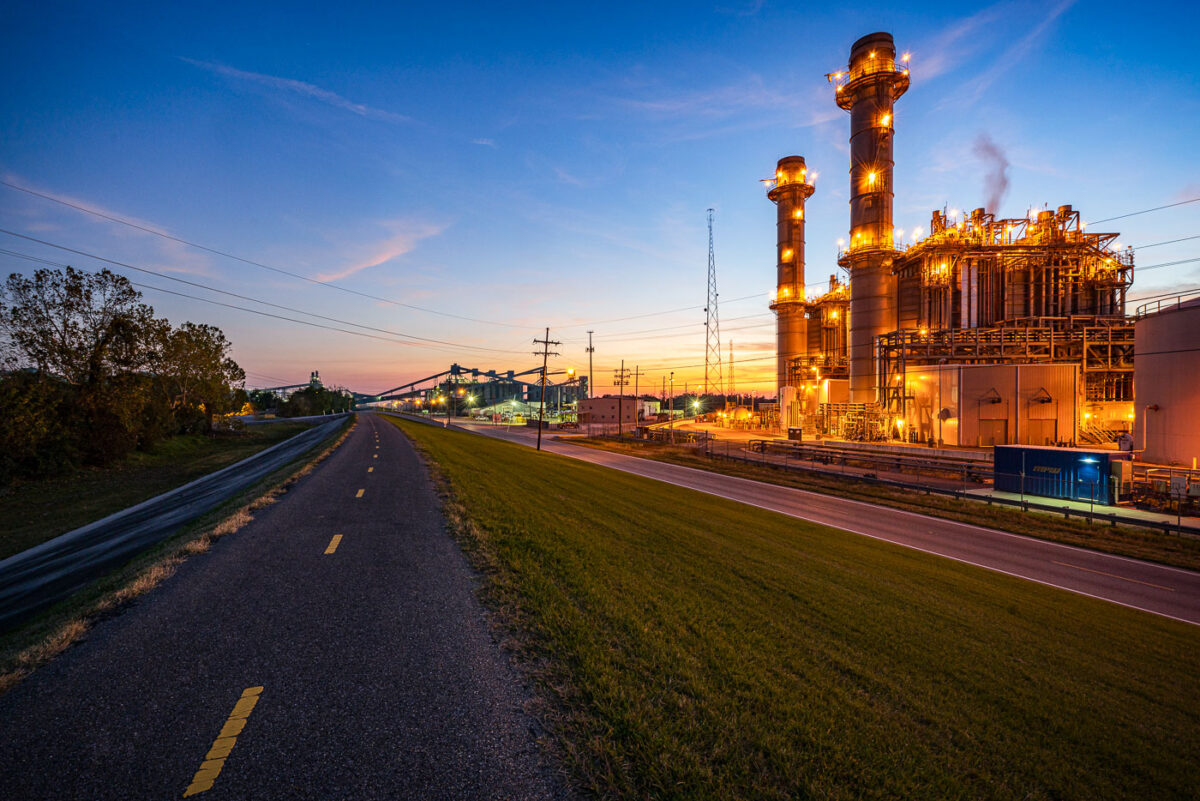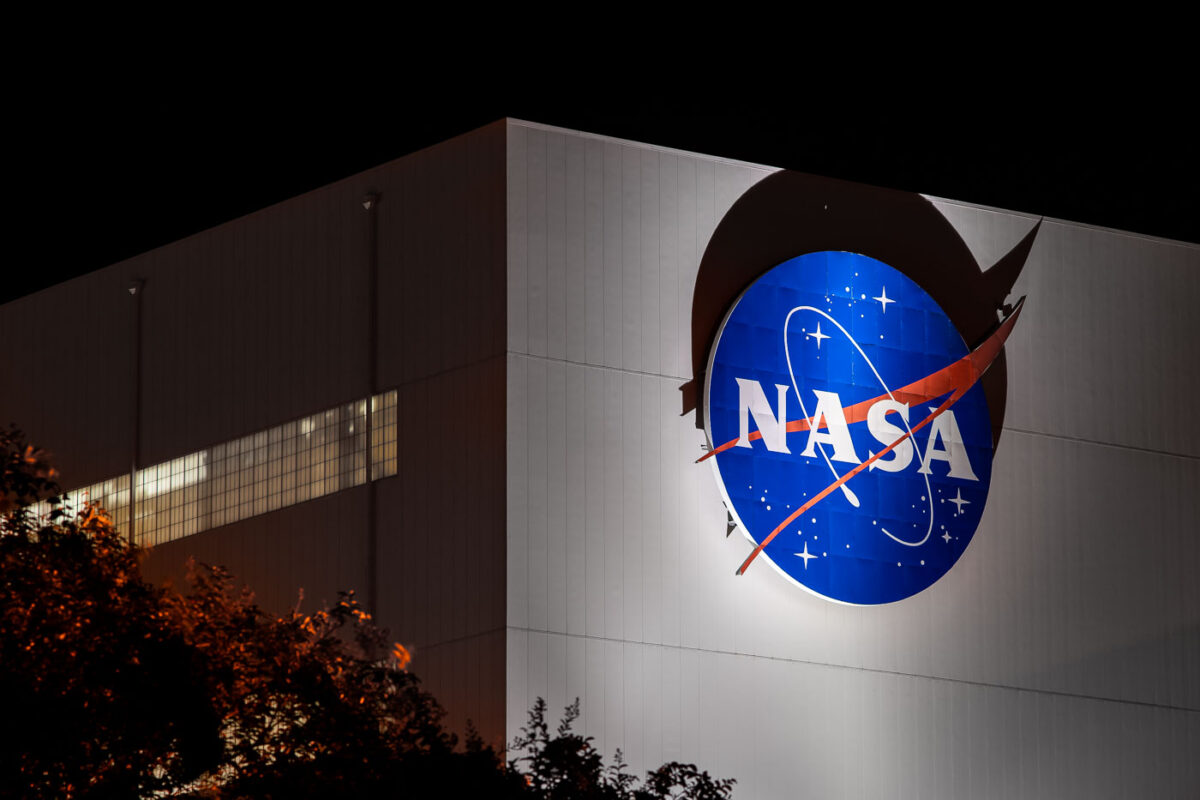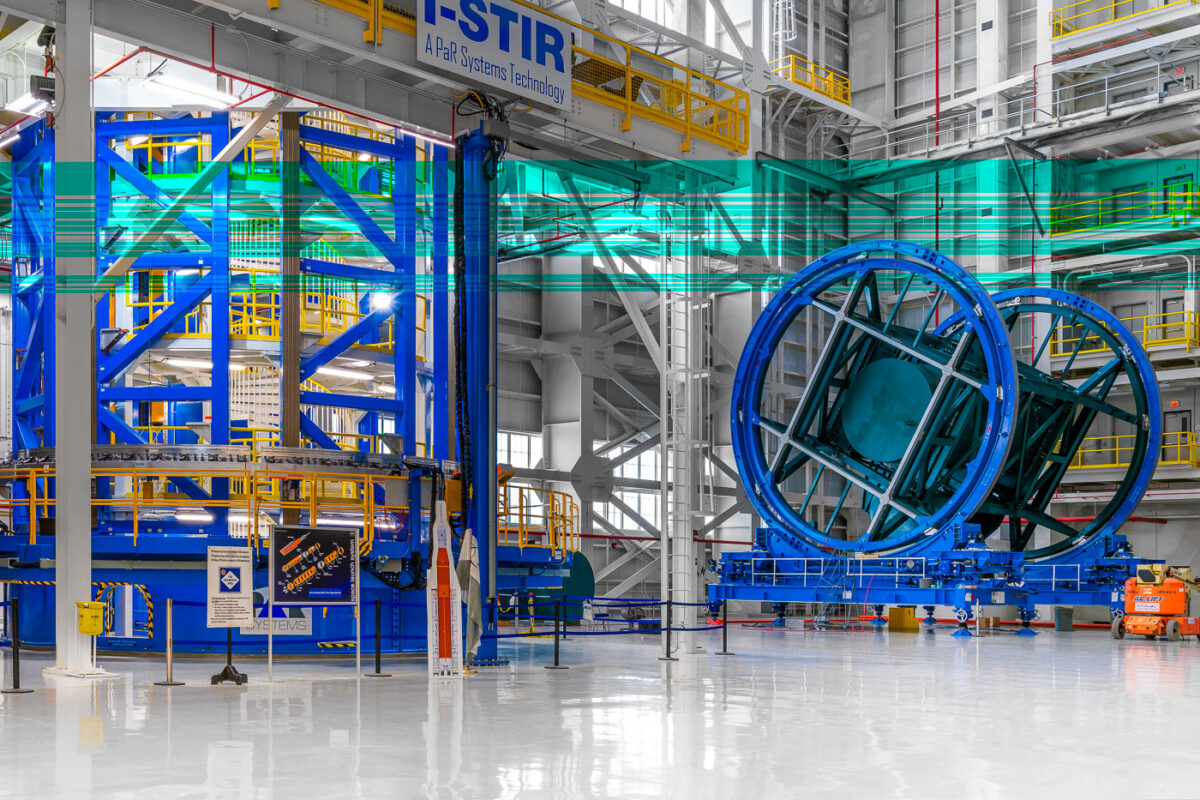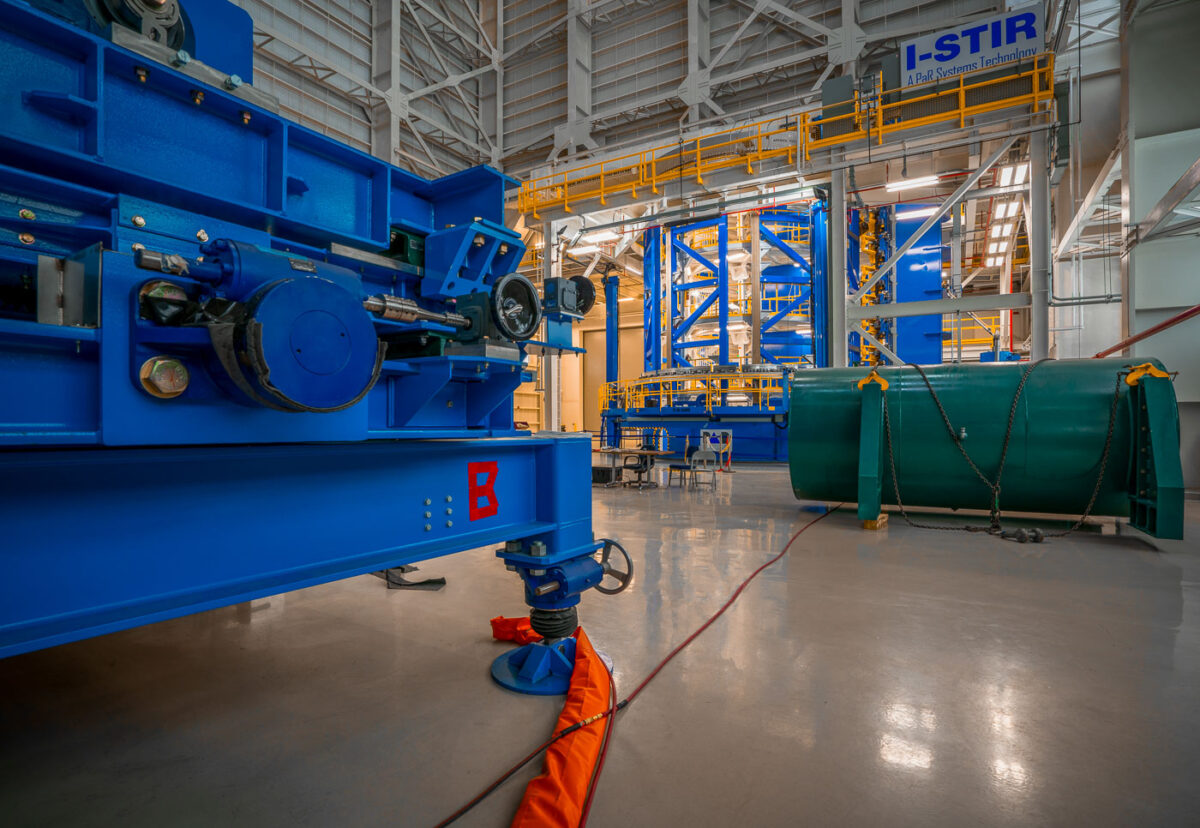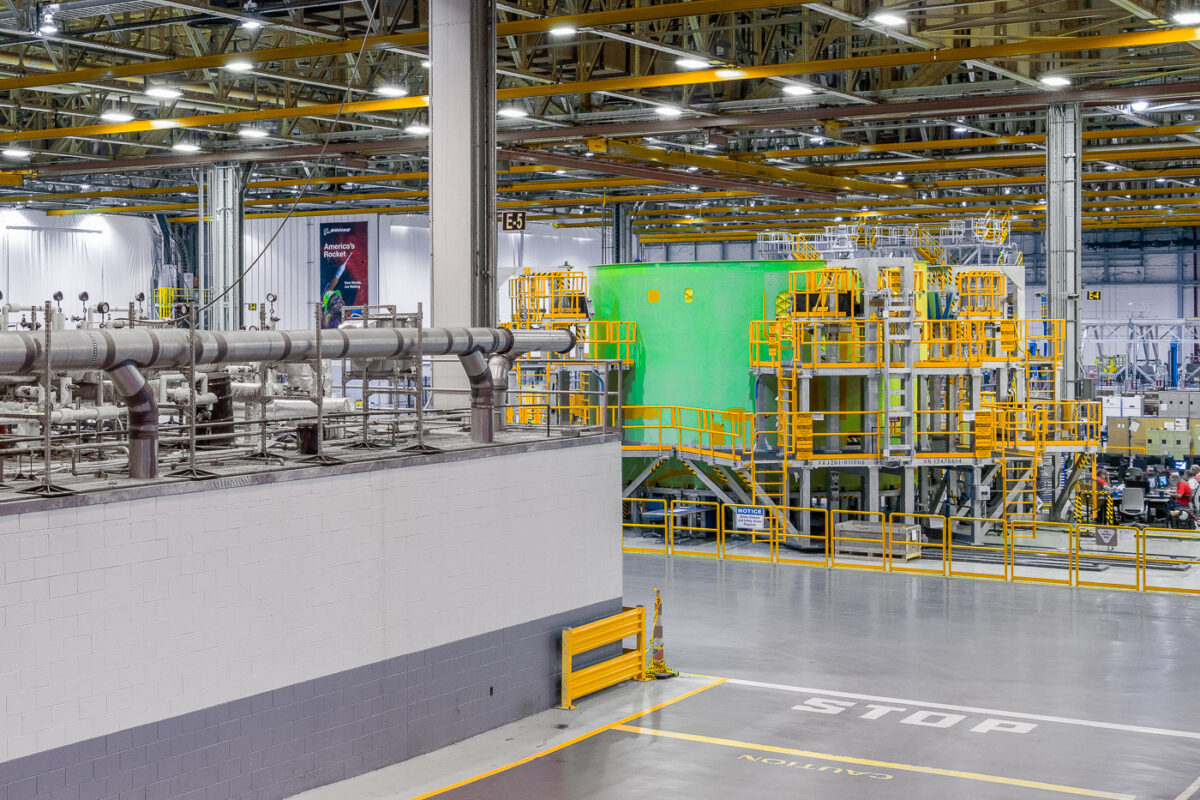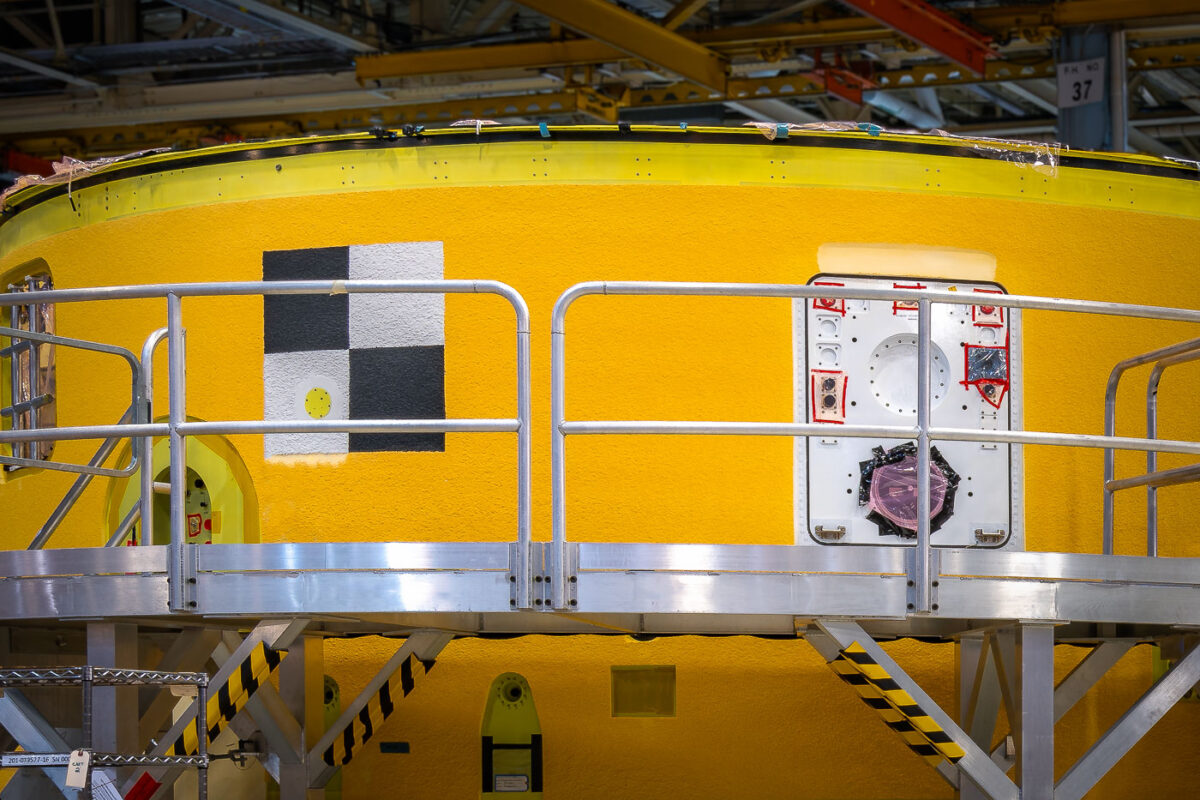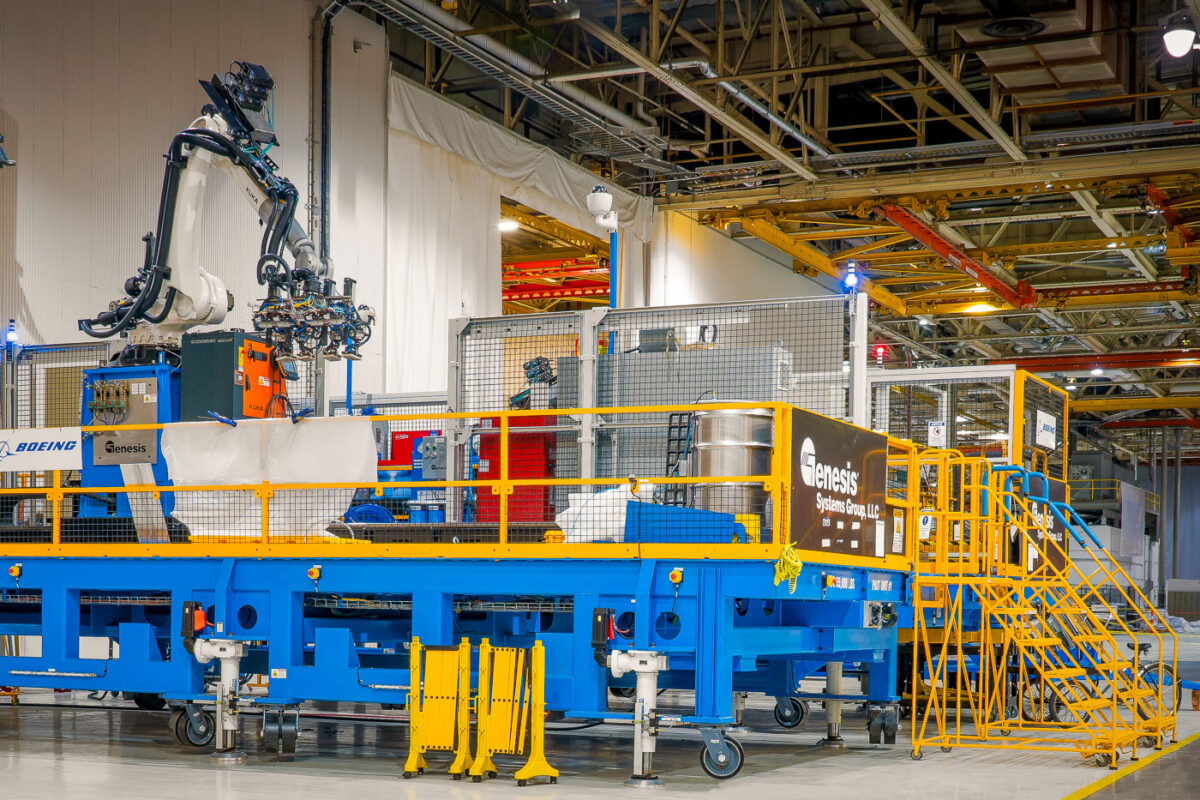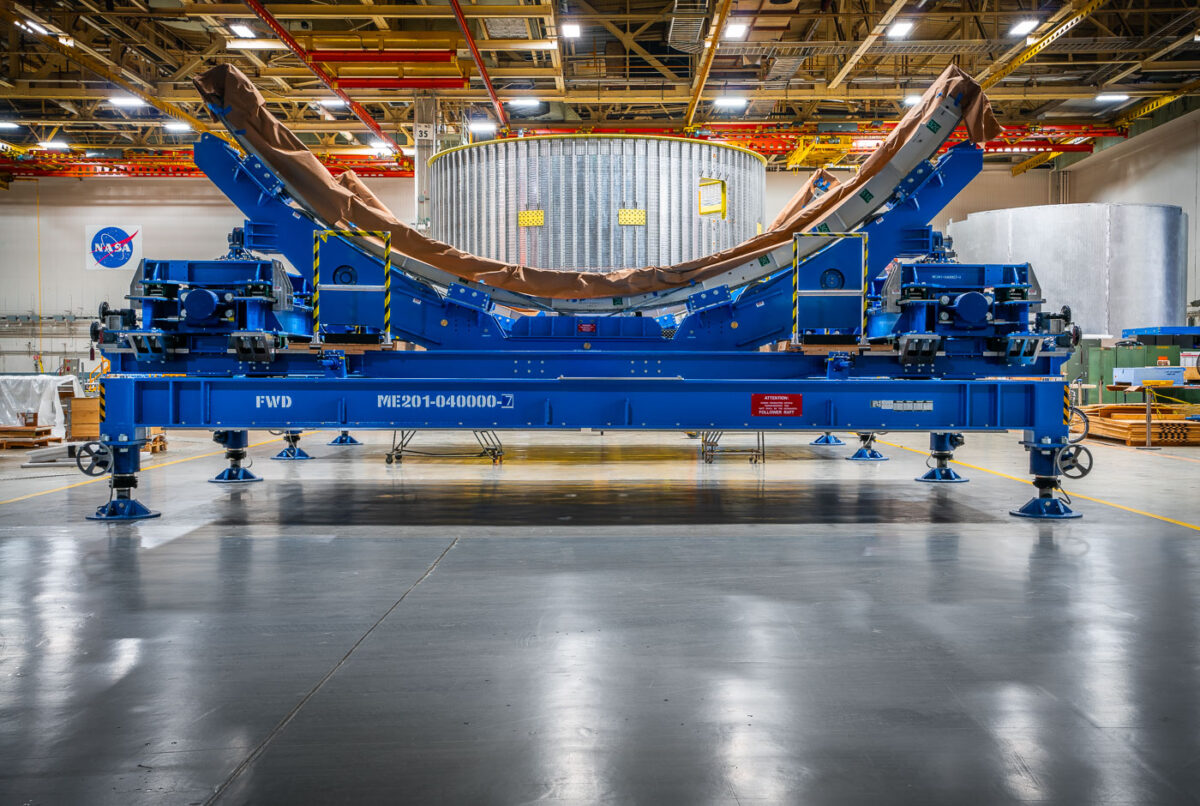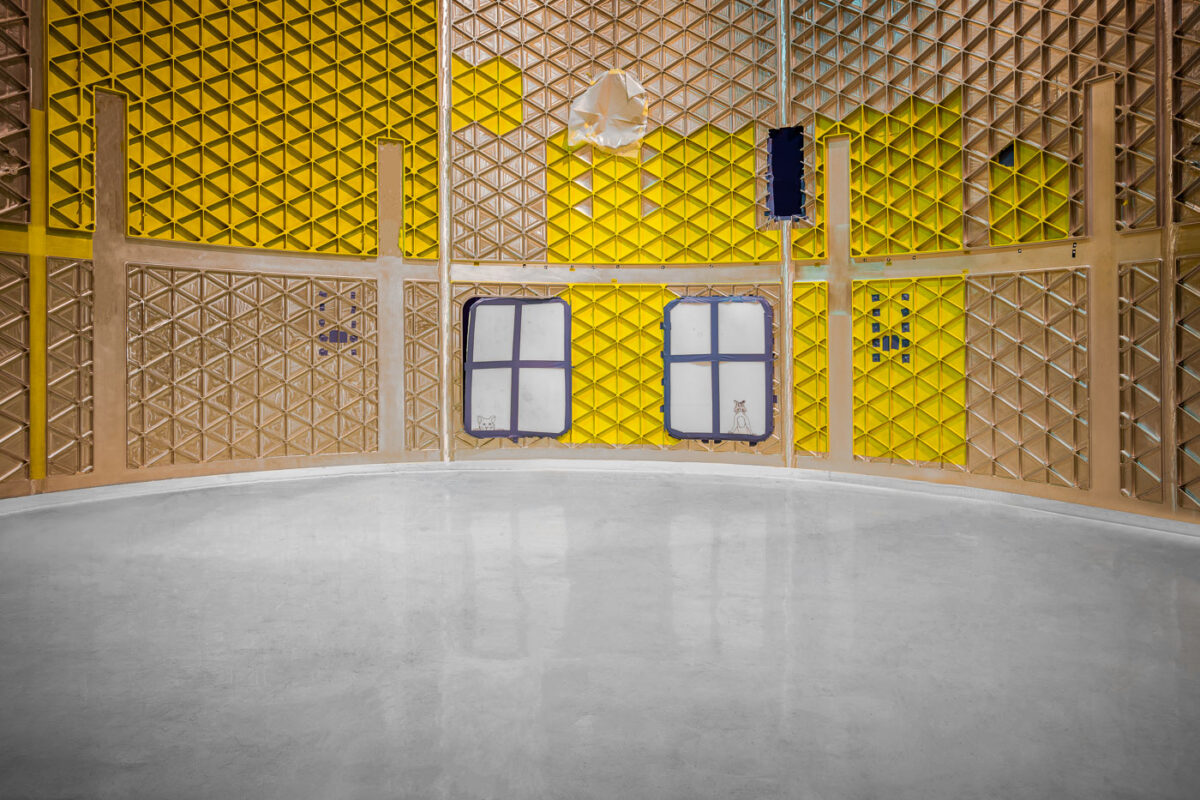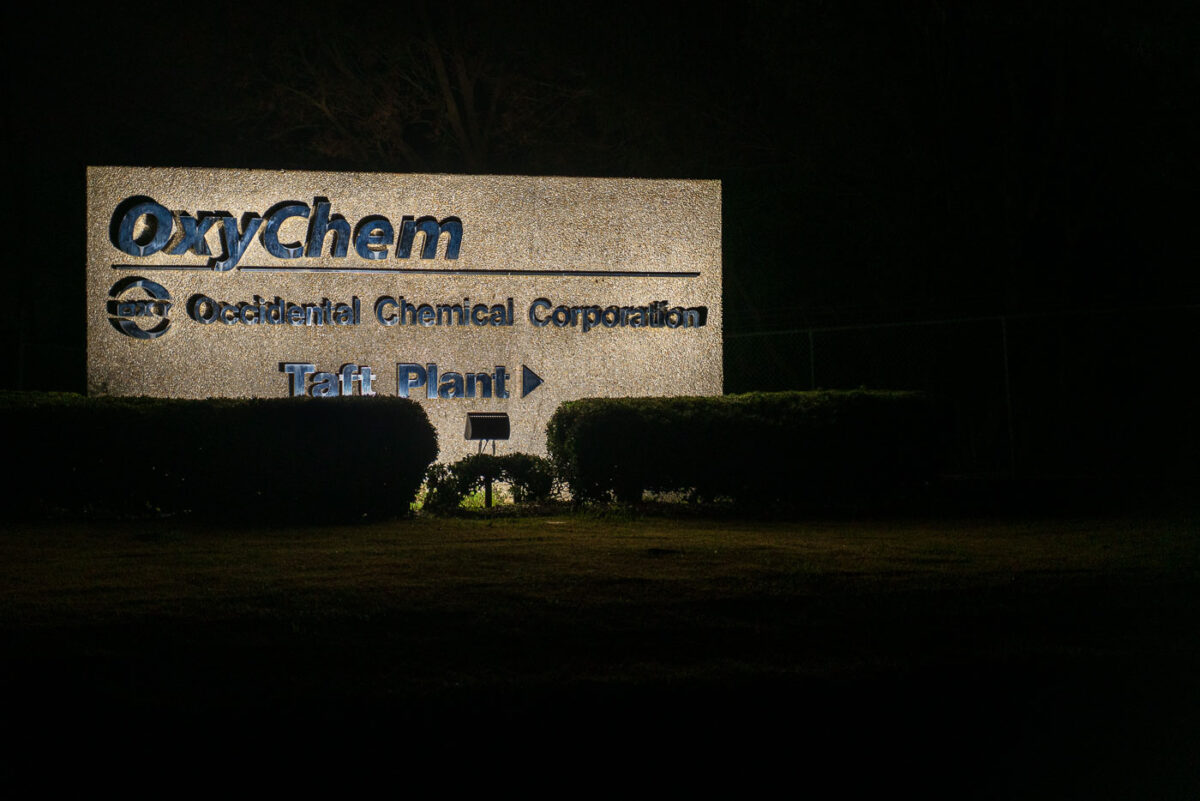
Occidental Chemical Corporation Sign, Taft, Louisiana
The Taft Plant, operated by Occidental Chemical Corporation (OxyChem), sits along Louisiana’s heavily industrialized river corridor between Baton Rouge and New Orleans. Like many facilities in the region, the plant plays a role in the state’s vast petrochemical network, producing essential compounds for plastics, coatings, and other materials that fuel modern life. At night, its illuminated sign cuts through the darkness, a quiet marker of the sprawling industry that has shaped both the economy and the environmental debates of the Mississippi River corridor.
